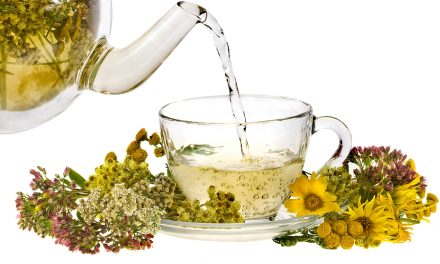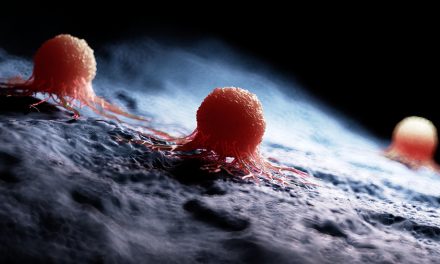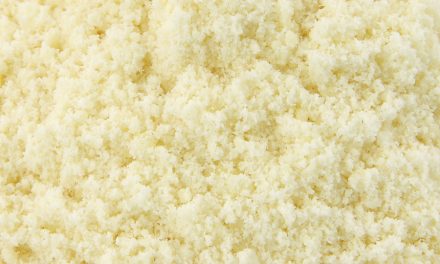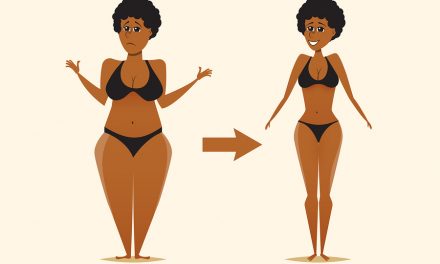The United States currently bans the cultivation of industrial hemp in most places, but most people don’t realize the true history of the surprisingly controversial (and highly beneficial) crop that has countless, incredible uses in both industry and health.
RELATED STORY:
While hemp and cannabis are seen as a novelty to some people, and even potentially dangerous to others, the plant is actually quite native to the natural world here, as evidenced by one woman’s recent photo journey documenting it growing wild all over her native Nebraska (scroll down to see photos).
(Hey guys, Erin here! You guys know how I feel about CBD oil- it’s amazing and has so many uses. Including as a serum for your skin. In my search, I’ve FINALLY found one I love and have been using every day. And what it’s done to my skin is remarkable. Click here to check it out and purchase! )
Considering that hemp has been grown by George Washington and other major historical figures and is a highly lucrative business for Canadian farmers, it goes without saying that it has tremendous value — and we need it now more than ever.
Showing the natural side of hemp (and shattering the myth that it’s used to get high like THC-containing marijuana) was a big reason for Diana Sunshine Wulf’s unique photos of the plant growing wild.
“I just want people to learn why it is NOT about getting high, and this is my way to educate,” she said to the online magazine Toke of the Town. “I want people to realize everything made with toxic petroleum can be totally replaced with this nontoxic weed.”
Wild Hemp Grows Everywhere in Nebraska (Photos)
The United States used to be a thriving hub for hemp production, with livestock grazing on feral hemp, enriching their milk with relaxation-promoting CBDs that are missing from today’s livestock fed an unnatural diet of GMO corn and soy.
While today’s milk, meat, and even the farm animals themselves are as about as unhealthy as it gets, that could all change with the help of hemp — its potential is now being studied by the Colorado Agriculture Department as a means to raise healthier animals.
Already one study out of Sweden, published on the U.S. National Library of MedicineNational Institutes of Health’s website, resulted in higher milk yields among cows whose diets were supplemented with hemp.
RELATED STORY:
Will we ever return to the time where hemp grew everywhere and was used to supplement animal feed in ways that improve the health of both animal and people alike?
That remains to be seen, but one thing’s for sure: hemp is a hidden part of our history that’s far bigger than we’ve been led to believe, and Diana’s photos are proof:
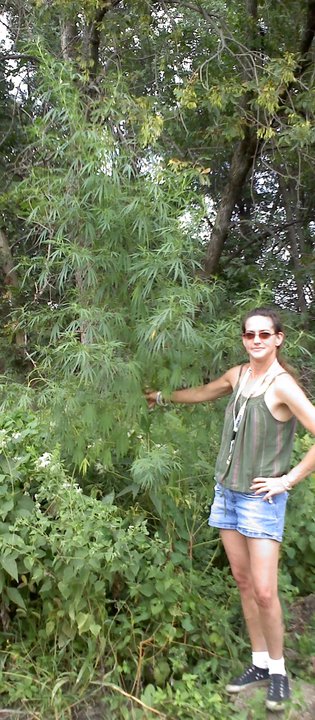

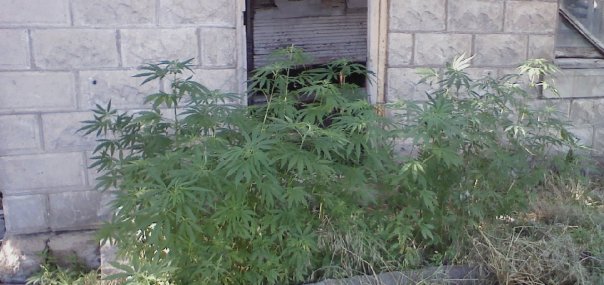
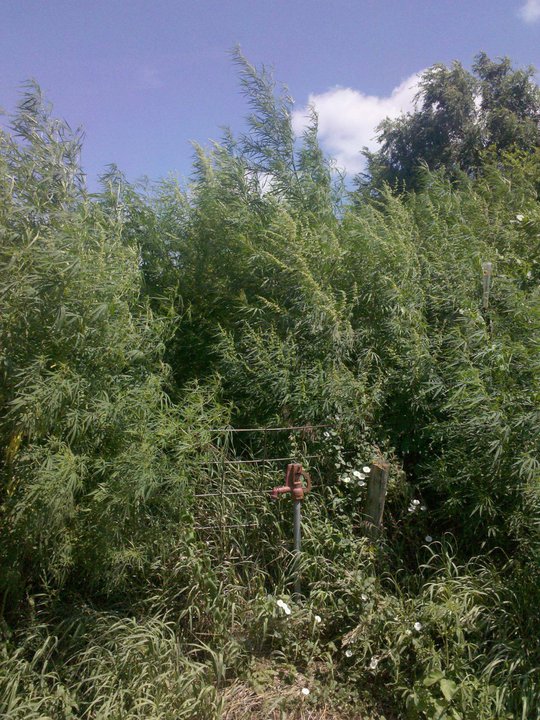
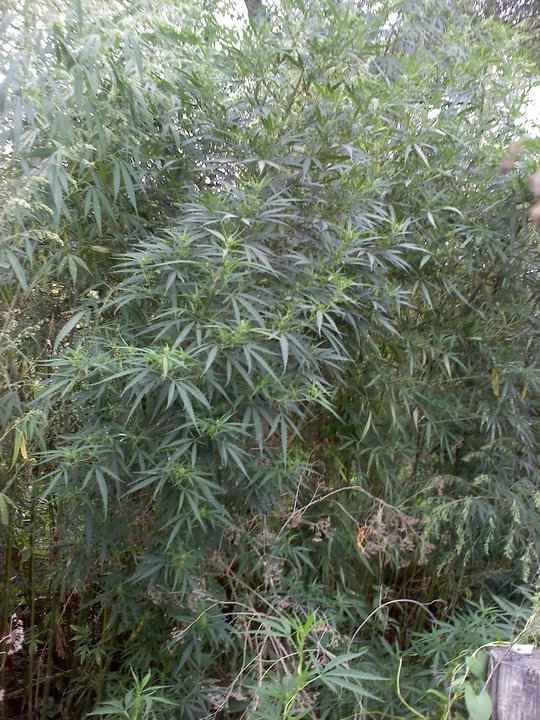
The U.S. Must Recover Its Hemp Growing Roots
While over $600 million of hemp sales were recorded in the United States according to a 2017 congressional report by U.S. agricultural specialist Renée Johnson, the U.S. market is almost entirely dependent on imports from places like China and Canada.
Canadian hemp is used in everything from industry to the health food market, where companies like Manitoba Harvest have gained a huge foothold in the U.S. market with products like organic hemp seeds and even hemp protein shakes.
It’s a market that U.S. growers are missing out on it; beaten to the punch by other countries where the laws are less restrictive and hemp is allowed to grow freely.
But if we were allowed to rediscover our hidden hemp heritage, what could it mean for both our health and the economy?
RELATED STORY:
According to Medical News Daily, hemp is a rich source of plant-based protein that contains all 10 essential amino acids, and unlike other sources of plant protein it does not contain phytates, which can block the assimilation of key minerals.
Speaking of minerals, hemp is also a rich source of magnesium (providing about 32% of the daily value in just 2 tablespoons) which is responsible for over 300 important enzymatic functions in the body and also helps to prevent heart attacks, strokes, and other catastrophic cardiac events according to one French study.
On the industrial side of things, hemp is noteworthy for its ability to mature in as little as 3-4 months compared to years for trees, which makes it a perfect alternative to paper-based products that rely on the industrial clear-cutting of forests that provide habitats for thousands of creatures (not to mention plenty oxygen).
New Bill Would Make Hemp Legal Again
While over two dozen states currently allow for the cultivation of industrial hemp, it is mostly for research purposes in light of a federal ban.
But all that could change soon thanks to a ground-breaking bill called The Industrial Hemp Farming Act of 2017, which was introduced in July 2017.
If the bill passes, industrial hemp (which must have only .3 percent of THC, the psychoactive property in marijuana, by definition) could once again grow freely in the United States, as it would be regulated just like any other crop again.
“It’s huge, it’s going to be really huge,” said Jason Amatucci, founder of the Virginia Industrial Hemp Coalition about the bill.
If America is to get back to its roots, this bill could be a major catalyst, which is why the group VoteHemp.com is supporting the bill and urging people to contact their reps to share the benefits, and history, of America’s original super crop.
“It’s imperative that members of Congress understand and recognize industrial hemp as an historic, versatile and lucrative crop for farmers,” said Eric Steenstra, President of Vote Hemp. “Hemp is in no way a drug form of cannabis, CBD from hemp is not listed under the Controlled Substances Act, and it should be regulated as such…”
You can watch video of an industrial hemp crop being harvested in Virginia below, and click on this link to learn more about the bill that could make America a hemp growing country once again:
*Article originally appeared at Alt Health Works.




